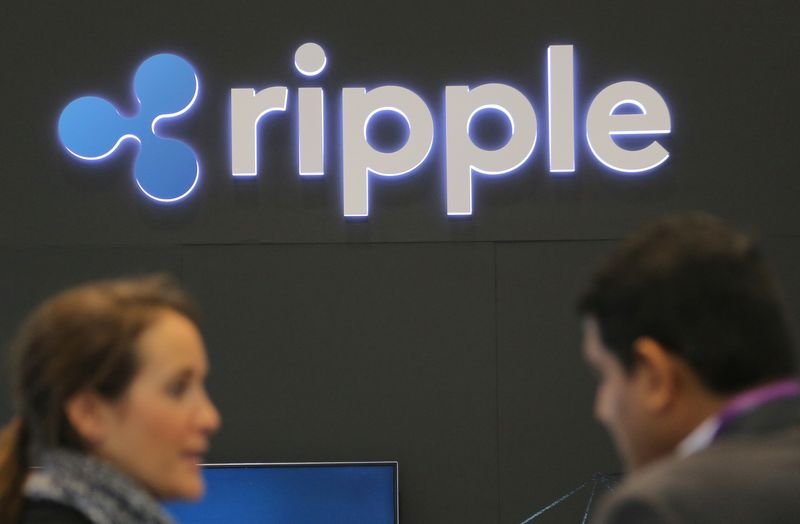Ripple Acquires Stablecoin Platform Rail for $200 Million
Ripple, a prominent player in the cryptocurrency space, has made headlines with its recent acquisition of the stablecoin platform Rail. This strategic move, valued at $200 million, is aimed at bolstering Ripple’s position in the evolving financial ecosystem.
Understanding Ripple’s Acquisition Strategy
Ripple has long been recognized for its innovative solutions in blockchain technology and cross-border payments. By acquiring Rail, Ripple is not only expanding its product offerings but also enhancing its capability to facilitate stablecoin transactions. The integration of Rail’s technology can significantly streamline operations and improve user experience.
What is Rail?
Rail is a revolutionary stablecoin platform that provides a seamless way to convert fiat currencies into digital currencies. Unlike traditional cryptocurrencies that are often volatile, stablecoins are pegged to stable assets, making them a reliable option for transactions. Rail’s infrastructure enables businesses to utilize stablecoins efficiently, aligning well with Ripple’s mission to innovate in the financial sector.
Significance of Stablecoins in the Market
Stablecoins have gained traction in recent years as they bridge the gap between traditional financial systems and blockchain technology. Their stable nature allows businesses and consumers to transact in digital currencies without the fear of price fluctuations. With the increasing demand for rapid digital transactions, stablecoins are poised to become a cornerstone of the future financial landscape.
Ripple’s Vision for Future Growth
By acquiring Rail, Ripple is positioning itself to capitalize on the growing stablecoin market. This acquisition aligns with Ripple’s vision of a more inclusive financial future where digital currencies play a pivotal role. The synergy between Ripple’s existing technologies and Rail’s innovative platform is expected to yield a more robust service offering for users.
The Role of Stablecoins in Cryptocurrency Adoption
The rise of stablecoins has contributed significantly to the broader adoption of cryptocurrencies. Businesses are increasingly looking for ways to integrate digital currencies into their operations, and stablecoins present an appealing solution. They offer the advantages of cryptocurrencies—such as low transaction fees and quick transfer times—without the associated risks of volatility.
Ripple’s Competitive Edge
With the acquisition of Rail, Ripple gains a competitive edge in the stablecoin domain. This move allows the company to enhance its liquidity solutions and expand its client base. The strategic acquisition underscores Ripple’s commitment to developing solutions that meet the evolving needs of businesses in the digital space.
Enhancing User Experience through Technology
One of the main advantages of Rail’s platform is its focus on user experience. The technology is designed to be intuitive and efficient, making it easier for users to transact. Ripple aims to leverage this technology to provide customers with a seamless experience, ultimately driving greater adoption and satisfaction.
The Future of Ripple and Rail
As Ripple integrates Rail into its ecosystem, the potential for growth is considerable. The partnership is expected to enhance Ripple’s already robust platform by allowing for quicker, more efficient transactions. This not only benefits Ripple but also positions Rail as a significant player in the stablecoin arena.
Conclusion
The acquisition of Rail by Ripple marks a significant milestone in the ongoing evolution of cryptocurrency and stablecoin markets. By strengthening its position in the stablecoin sector, Ripple is paving the way for broader adoption of digital currencies in everyday transactions.
